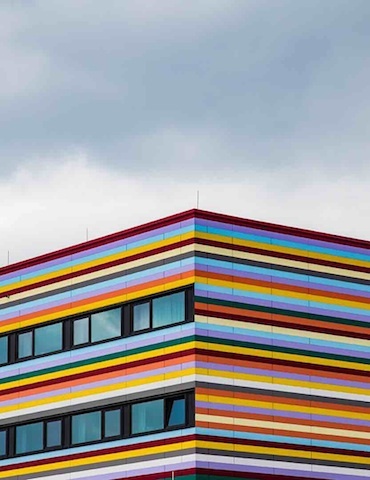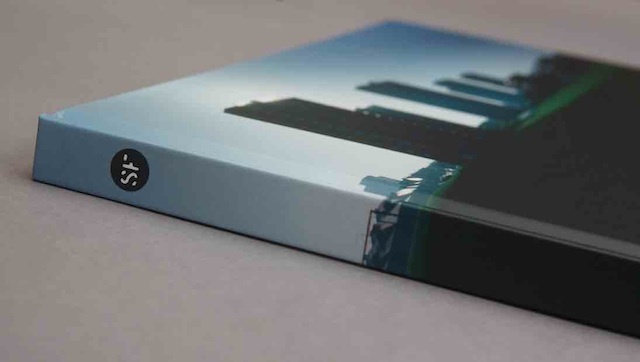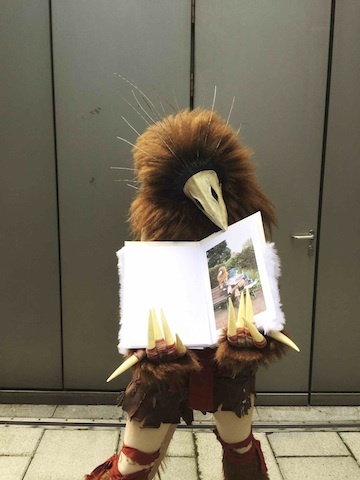News
Your first Photobook: Never underestimate the power of text to appeal to new markets by Laura Noble
18 October 2016

©Sandra Gordon, Hidden Beauty
The prospect of launching your first photobook can be a daunting one, yet it need not be a painful one. Having worked in the book trade and a specialist photography bookshop I have observed first hand the way in which people are drawn to, view and buy photobooks compared to literature. When browsing a novel the image on the cover – if facing outward - may have some sway in attracting a buyer, however more often than not the author is the first selling point. Following this, reading or skimming over the synopsis on the back gives of the book can give enough information to tempt a consumer for the read ahead. Counter to this, a photobook by an emerging artist has to sell itself visually first and foremost, but also on its design and accompanying text. If you are not a famous photographer and your book is alongside another that is you need to find ways to stand out and compete for attention. I have said to many photographers over the years if your lights go out you don't call a plumber. If writing is not your forte, find someone to whom writing or their ‘specialist subject’ or expertise connects to your imagery. A short text, foreward or essay can really enrich a body of work and give another insight or perspective that a viewer may perhaps not have considered without it.
©Robert Clayton Estate book
Although the main event is the photography, giving your audience more information - if they choose to read it - is another opportunity to broaden your appeal and inform a viewer. If the subject of your work crosses into other areas of interest why not take that opportunity to attract a non-photographic section of the public to your photography. Choosing an expert, authority or famous commentator on a subject can add value as well as sales. Very often a text from a photographic perspective and a foreward or secondary text on the subject of the work can really increase your chances for press coverage and interest. When I initially discussed the prospect of Robert Clayton’s first monograph Estate – a documentary series taken on a council estate in the Midlands in the 1990’s - I asked him if he could have any architectural commentator in the world write a text about it whom would he choose? It took him less than a second to say “Jonathan Meades”. My reply was simple, “go and get him then”. My mother said to me as a young girl “If you don't ask you don't get” and she was absolutely right. You never know where it might lead. Meades was not only delighted to be asked, he loved the work, wrote an essay and even starred in a short film whereby he narrated the essay. As a seasoned commentator on programmes about architecture on the BBC his delivery was impeccable and the film has since been screened at exhibitions and as part of a programme of film events based on the subject of housing. The collaboration of Clayton and Meades has born fruit that far exceeded expectations at the start of the process. Often being asked to write about a subject that a person feels passionate about in a different arena is an enticing challenge. As two worlds collide a third can be created to great effect.
Meades’ popularity in the architectural world also brought another readymade interested audience to Clayton’s work, which resulted in more sales of his book, which is now nearly out of print.
©Tom Broadbent Kreek with Furry dummy
The design and physicality of a book is also tremendously important. We all have our favourite books and remember how it feels in our hands, even the way it smells can add to the sensations that are triggered by a book. Think about the paper, its weight, how easy it would be to handle and how memorable your book could be when picked up. Sometimes a subject is so niche that its ‘otherness’ can be its key selling point. In the case of Tom Broadbent, who is embarking upon his first monograph At Home With The Furries it was a no brainer that the book itself has to take on the furry theme to give a more visceral experience to anyone who holds it. The Furries themselves will race to buy the book as fast as the photographic fans of the work. Within the series there are famous individuals on the furry scene that will enrich the documentation of the subculture, thus becoming part of it. In so doing, appealing to that subculture through the language of fur as well as photography Broadbent ensures his credentials in two fields.
©Sandra Jordan Hidden Beauty #26, Berlin
The place in which a photograph is taken should also never be underestimated, as the locale of an image can go some way to focus a books main area of potential sales. Sandra Jordan’s current series Hidden Beauty is taken in London and Berlin, with a focus on Brutalist and Modernist architecture, that often resemble abstract expressionist painting. In Jordan’s images where art and architecture meet so do ideas and concepts that take the work to other realms of possibility.
Thinking laterally as well as literally a book can enrich the image to surpass oneself into the hands of its audience. In doing so you can expand the experience and the work into new territory beyond your wildest dreams.
©Laura Noble
Images
http://www.lauraannnoble.com/artist/#/robert-clayton/






